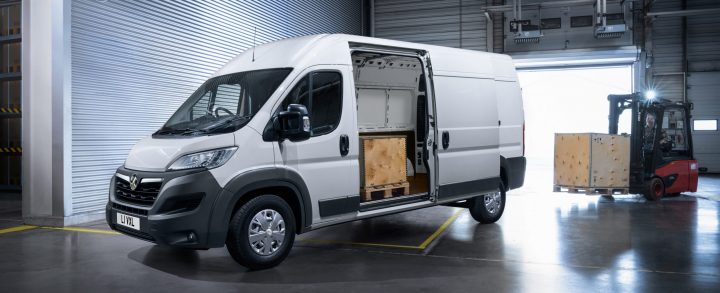Electric vans are becoming a more regular feature on UK driveways, and with them, growing pressure on household energy use.
In line with new government regulations and grants, it is expected that more drivers will charge their electric vans at home. Energy experts at Uswitch, the comparison and switching service, are encouraging homeowners to ensure their property can support the additional electrical load.
Electric van uptake surges by 41.1% to deliver best-ever month for volume uptake, while taking 8.9% market share. This comes as 90% of van fleets are reliant on residential charging in order to make the switch to EVs.
Fleets also cite a lack of public charging infrastructure as the third-biggest issue they face in adoption, reflecting the requirement for home charging points for adoption.
Drivers with a standard Category B licence can now operate zero-emission vehicles weighing up to 4,250kg, up from the previous 3.5-tonne limit. Drivers who passed the standard driving test no longer need extra training or a specialist licence to operate larger electric vans.
In support of the green transition, the UK government has extended the Plug-in Van Grant (PIVG) discount available on most electric vans once again. The grant will now continue until at least the end of the 2026/2027 financial year. The grant offers discounts up to £2,500 for small vans, £5,000 for large vans, £16,000 for small trucks, and £25,000 for large trucks.
But what does this mean for the average homeowner’s energy bills if electric vans are to be charged at home? Independent testing shows that a large electric van carrying a full payload and towing retains only 76.94% of its unladen real-world range, representing a 31% reduction in driving distance per full charge. This means households charging such vans at home could see their electricity consumption and energy bills increase by a similar proportion.
As more households bring their electric van home to charge, Ben Gallizzi, energy expert at Uswitch, advises households to check whether their home can support the additional energy demand of charging an electric van:
“It’s a positive sign seeing such a strong uptake in EV vans in September; however, households might see a rise in their energy use. It’s a good idea to check your setup and make sure your home is ready for the extra demand.”
Tips to check if your home can support electric van charging
Assess your electrical capabilities
Before installing an EV charge point, ensure your home’s current electrical capacity can handle the additional load. Consult a qualified professional to assess whether your fuse box and wiring are suitable for EV charging.
Install an EV charger
Most electric vans come with a charging cable that can be plugged into a standard socket at home; however, this increases charging time. If you have access to off-street parking, installing a home wall box is the best solution. A dedicated charger can help you take advantage of cheaper off-peak electricity rates.
Switch to an EV supportive tariff
EV tariffs are specifically designed for drivers who want to charge at home and lower costs. Most electric car tariffs will require a smart meter to track usage. It is recommended that you compare options to find the best EV tariff to find one that suits your needs.
Be cautious of the increased energy demand
UK households may see a rise in overnight electricity usage compared to what they’re currently used to. To reduce strain, consider preconditioning the battery before charging, avoid quick charging, and avoid regularly charging the battery to 100%.
